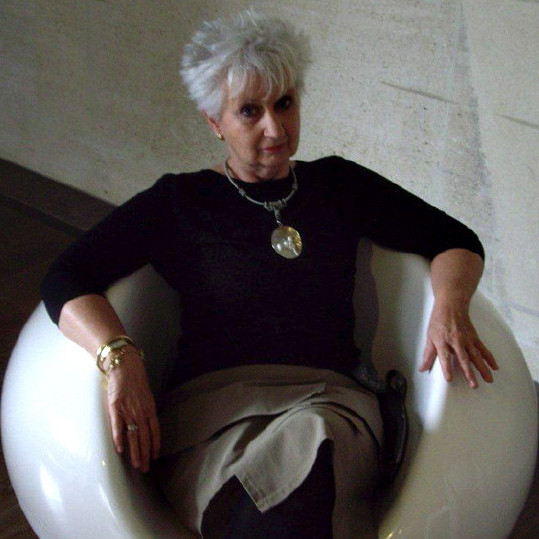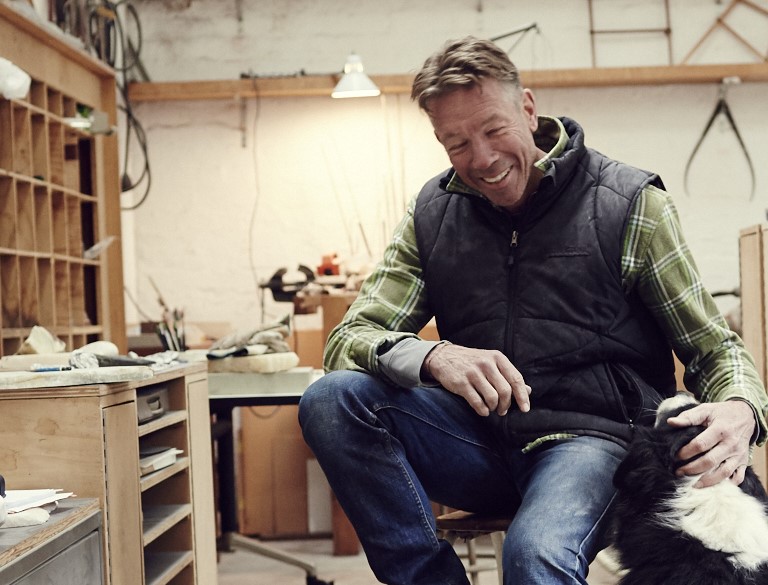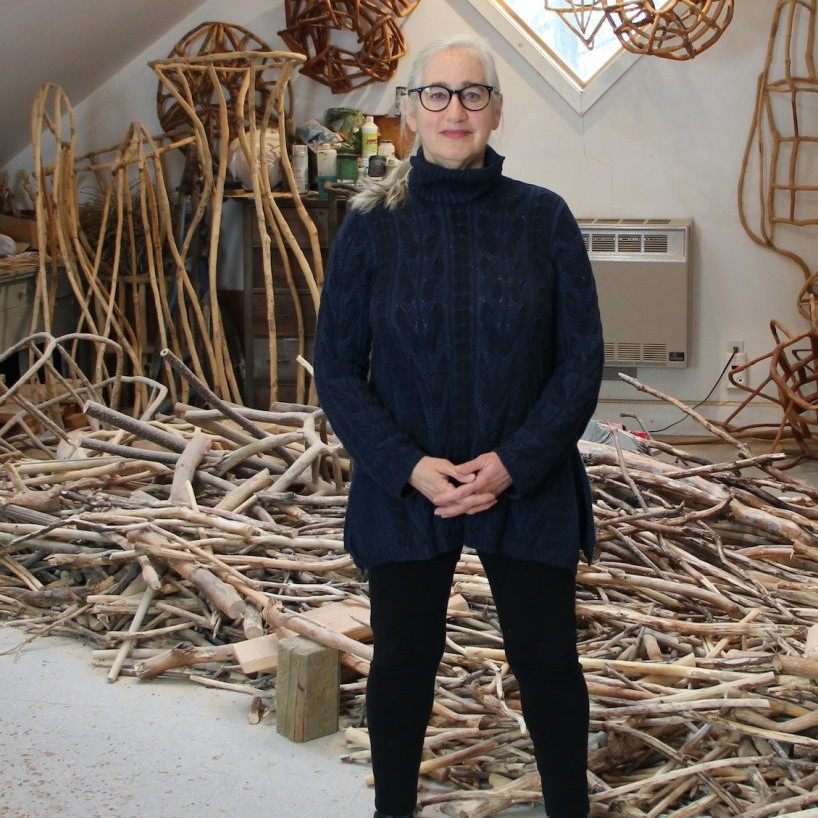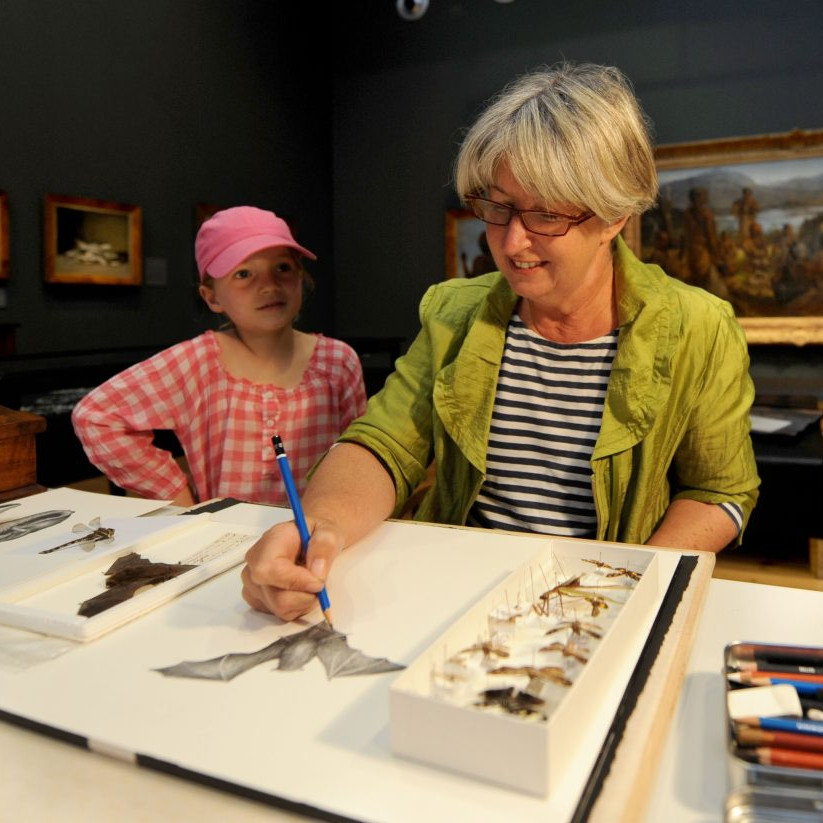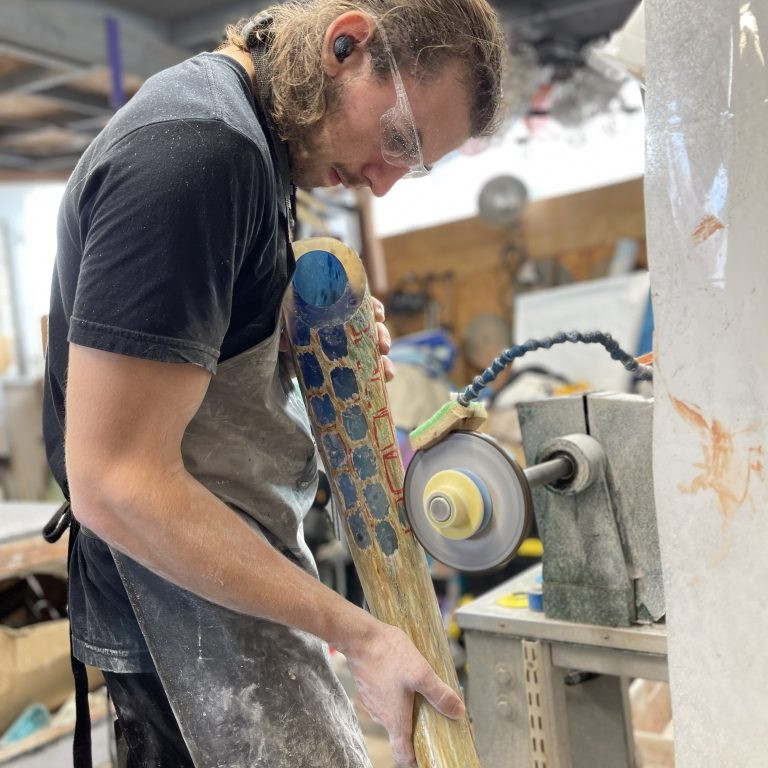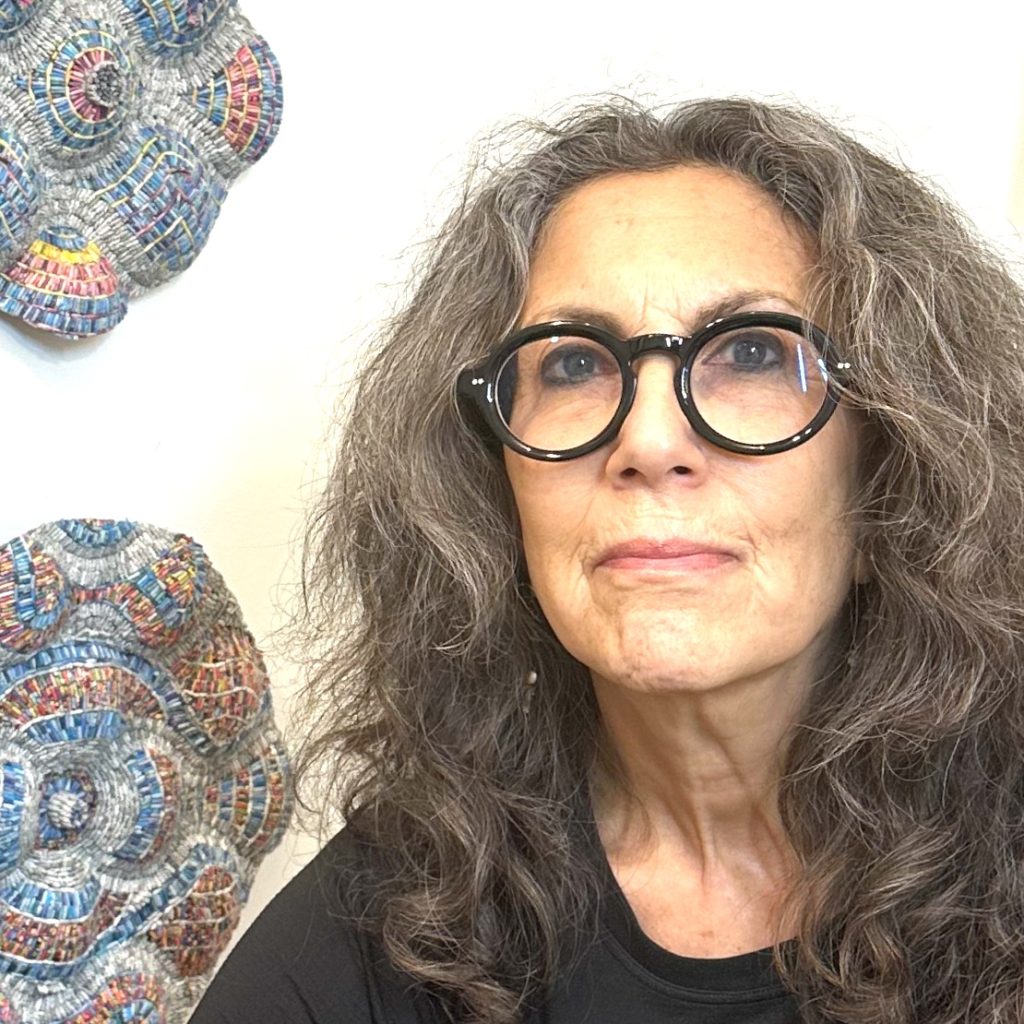Mark Stoner Sculptor - Melbourne, Australia
h4>‘In collaboration’, can be said quickly and flippantly, but in your work it becomes an integral part. Can you expand on this in relation to ‘Water Course’?
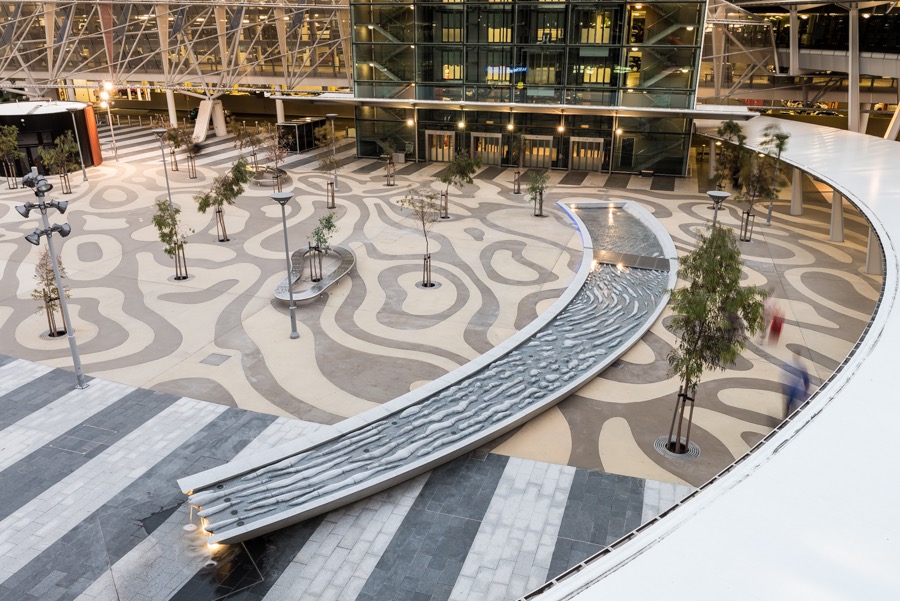
A collaborative project such as Watercourse at Adelaide Airport doesn’t just happen. In the case of Watercourse the collaboration stretched over several years. From go to whoa the project involved the client, their project manager, the landscape architect, the artist, a hydrologist, contractors, stone agents, stone carvers and stonemasons as well as OH&S consultants.
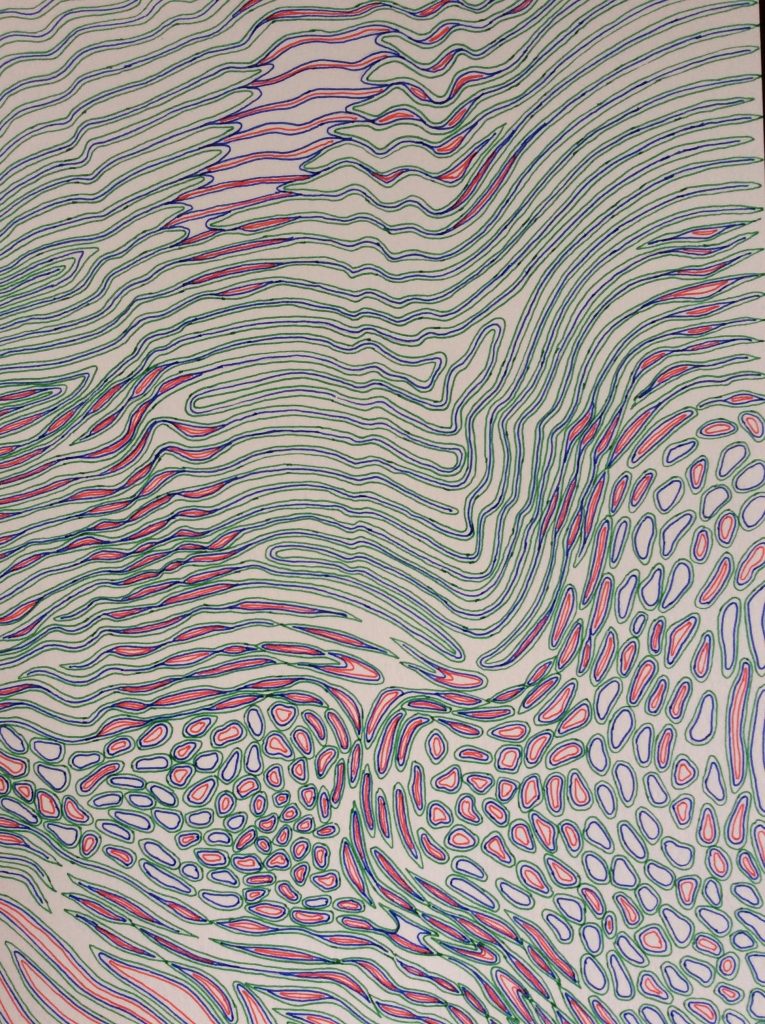
Watercourse is the outcome of my collaboration with landscape architects Taylor Cullity Leathlean (TCL). We have completed a number of projects over the last decade and have a good mutual understanding of our processes. For example, if I want to draw by hand a topography of every lump and depression of the 30 metre long watercourse they are OK with this and will then help to scan and adapt this into CAD.
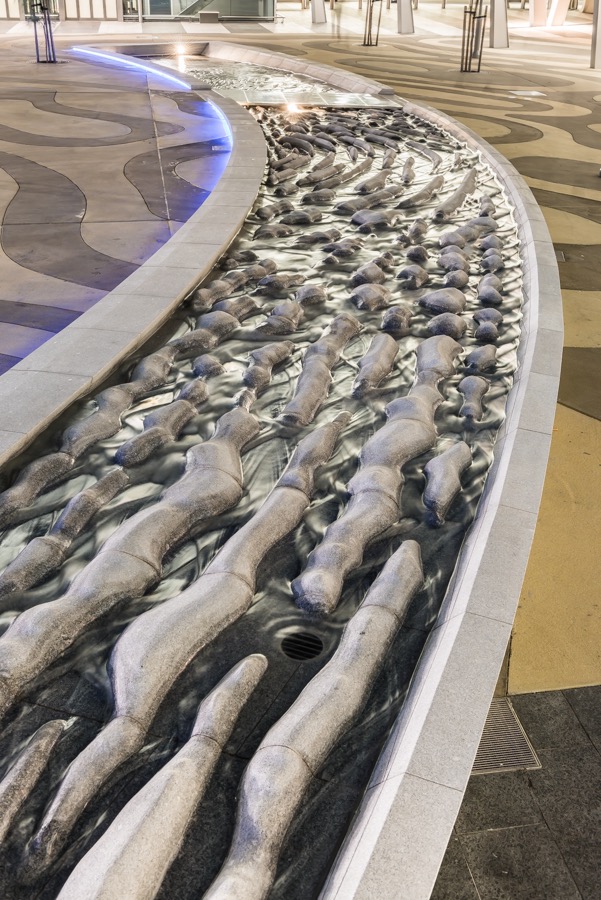
Discuss how you have used your art in the form of a memorial, 15 October 1970 – 15 October 2005
In 2004 I was part of a team together with Coomes, landscape architects, which won a concept proposal for West Gate Park.

The project was to create a memorial to the 35 workers who perished in the collapse of part of the bridge during construction on 15 October 1970. The site is bleak and windswept – a marginal site. It lies way below the bridge and overhead trucks and cars clatter constantly.
My proposal was a row of 35 concrete columns, minimal and severe. A relentless procession, one after another. As you walk the line you feel the number, you feel the extent of the disaster.

Your thoughts on the importance of sculpture in reminding the public of historical events?
Historical events can be examined in many ways and I think this can provide fertile ground for artists. The problem can be in that the commissioning body already has a didactic agenda that will more than likely be self-serving. An ideal commission will be open ended and allow for a thought provoking, and in the case of sculpture, a material, physical experience.
Public art plays a huge part in any city’s life, can you expand on the importance of public art opposed to gallery art.
Well at the risk of stating the obvious, public art is public. This immediately allows for a different accessibility. I believe art in the public domain can contribute enormously to the establishment of a sense of place.

North Corio Bay, Geelong, Victoria, Australia
The gallery space allows a specific context for the work to explore within a finite number of parameters. The public domain has many constraints and yet can be out of control in the sense of its accessibility and the time, light, mood, thoughts, activity of the viewer.

North Corio Bay, Geelong, Victoria, Australia
Does Australia give sculptors enough commissions to encourage young sculptors?
In Melbourne we love our label of ‘most liveable city’ that is due partly to our active arts environment. I am under the impressions that we give a lot of opportunity to young artists.
I taught in an art school for many years and it was often suggested that we should run a course in public art. My colleagues and I thought ‘NO’. Sure there will be problems inherent in working in the public domain and some artists will be better at this than others but why learn and develop art within parameters? Concentrate first and foremost on developing an art practice. If you decide to go for a commission or project, work out the problems and outcomes then.
“Composed not only of what lies before our eyes but what lies within our heads.” D W Meinig. How does this comment resonate with your own work?
In Meinig’s article The Beholding Eye he proposes that if you took a small group of people to the same viewpoint and looked at the same time in the same direction we will not, cannot, see the same landscape. There can be ten different views and interpretations of the same landscape. This derives as much as from what is going on in your head as to what you see that lies before you. Essentially this goes for any person looking at anything. However, it is interesting to consider this in the light of the viewer and a work of art. It is within the capacity of the artist to open up this experience and the potential of the art encounter.

Ice, Onyx
You are very concerned; as are so many Australians with landscape discuss this in relation to your work?
Australian Gardens, Royal Botanic Gardens – Ephemeral Lake
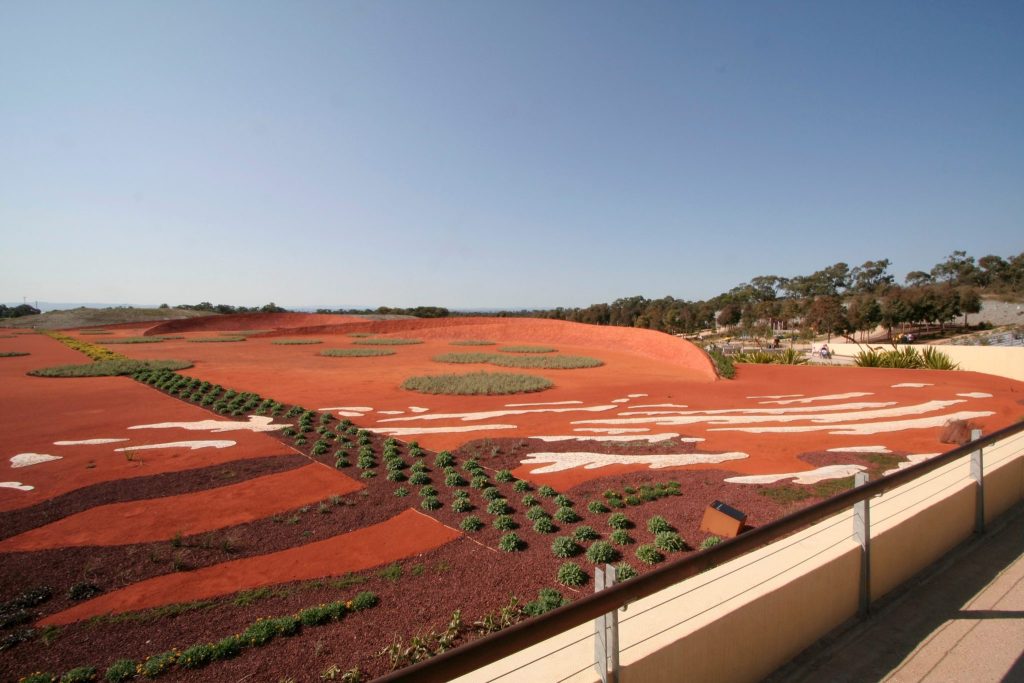
This was a collaborative project with TCL landscape architects and artist Edwina Kearney. In the early design stages of the garden there was a desire for a body of water, a feel-good experience of the life source. We however, felt that without denying water, it would be more telling to indicate the presence and absence of water and to introduce ephemeral water as a key aspect of the arid Australian interior.

Saltpans, cracked earth impregnated with soluble salts, often stark white, were our departure reference for the creation of Ephemeral Lake – an installation of glazed ceramic tiles. Depending on the time of day and the angle and height of the sun, the installation can appear dry and stark, or as the sun lowers even wet and glistening.
I am concerned with how we see, understand and treat country. I am sure we all could say this, however as in Meinig’s example we all see things differently.
I feel the day, every day, I watch and feel the passage of the sun, the light, how the shadows move. I know the wind. I’m up at dawn, I walk the edge of the water. I know the tide and surf.
These are vital daily experiences for me and I try to bring aspects of these to bear upon my work.
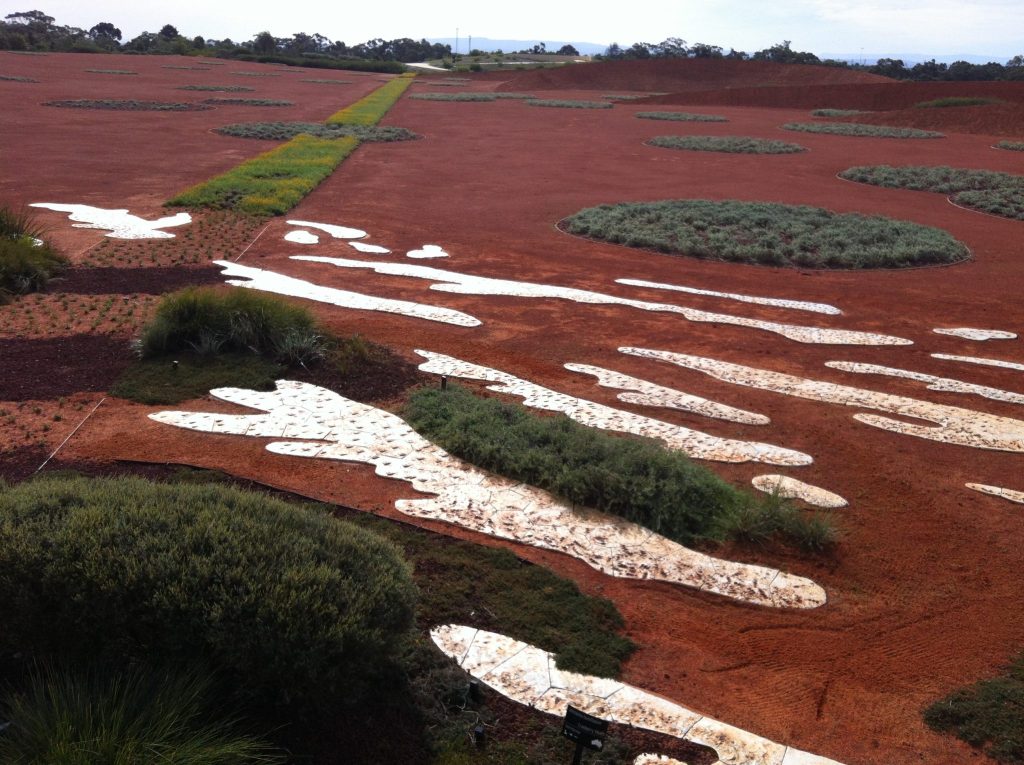
Norma Redpath is a name not well known to many can you enlighten us?
Norman Redpath (OBE) was an Australian sculptor. She lived and worked (when not in Italy) in the most beautiful bluestone cottage right opposite Melbourne University. Norma died in early 2013 and her studio was bequeathed to Melbourne University. Under the auspices of the Victorian College of the Arts (VCA), the studio will be maintained as a residential space for a sculptor.
Having worked at the VCA for a long time I was asked to be the inaugural artist in residence. This enabled the establishment of some protocols for the studio derived from a hands-on experience.
For an introduction to Norma Redpath and her life’s work please read Professor Ken Wach’s obituary which was published in The Age.
http://www.smh.com.au/comment/obituaries/australian-sculptor-who-was-enamoured-with-italy-20130122-2d5ko.html
Discuss the importance Residencies have had on your art career?
Residencies have provided me with fabulous opportunities and experiences.
There are two types of residences:
- Workshop residencies – high intensity experience with a number of artists from a variety of cultures and ages. Over 2 to 3 weeks with an exhibition agenda.
- Solo workshop – space to think and explore. Take in surrounds, history, culture, environment and art.
Both types of residences offer freedom from your everyday domestic life and offer you an opportunity to think and explore, free of constraints and to respond to new influences.
For me in particular a residency in Italy allowed for a consolidation and affirmation of the materials stone and ceramic as providing a vehicle of making. Embedded into the earth and by extrapolation a reference to the landscape from which it is derived.
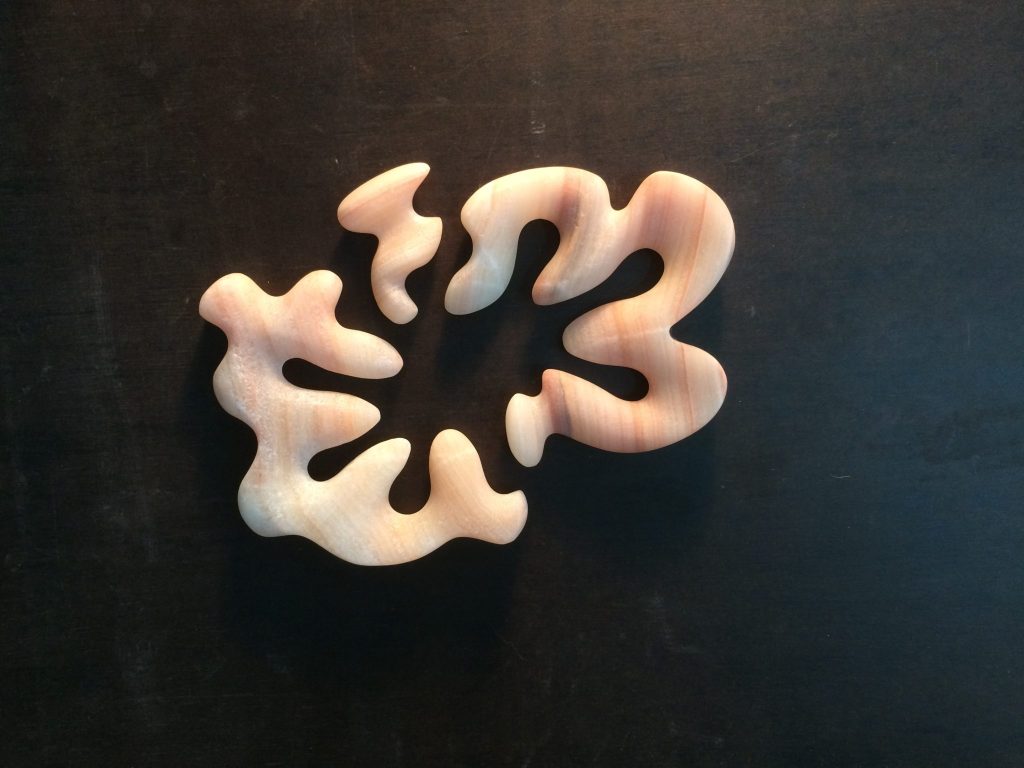
Rose, Onyx
You rescue rocks and retell their story, expand on this.
I try to work with rock so as to stimulate a way of seeing or engaging that is hopefully enlightening in some way. This is not dissimilar to Meinig’s 10 views – looking and seeing – understanding that there is more to life and things than what appears on the surface.
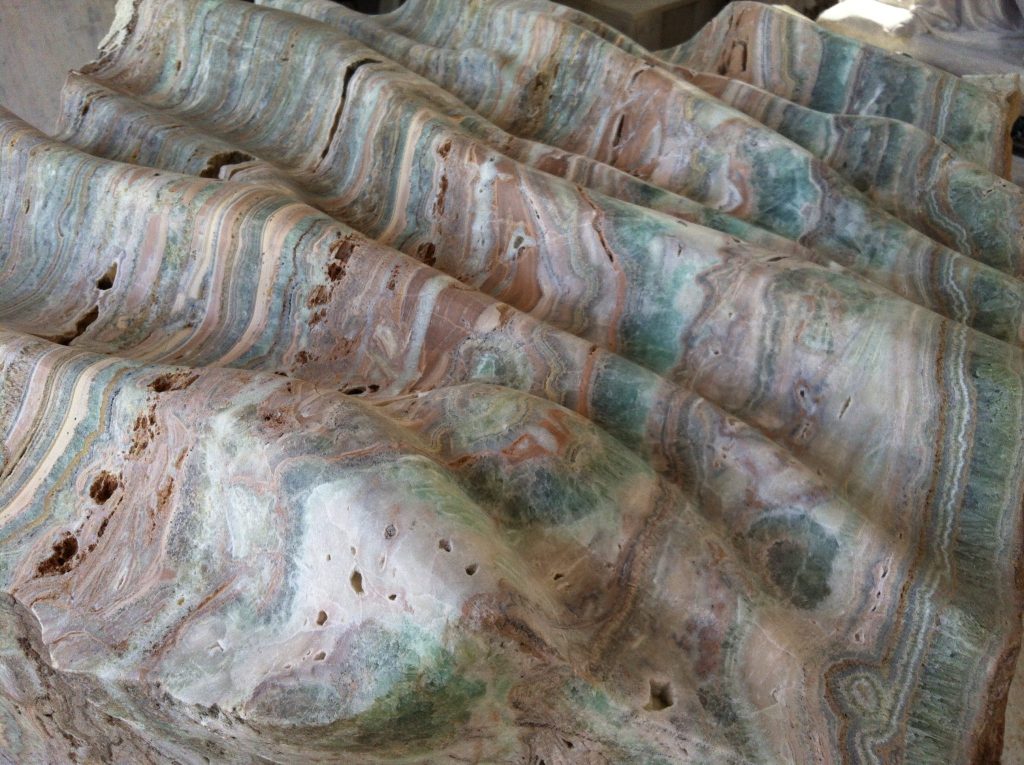
This is not so much a rescuing, perhaps more of a revealing, but I like that idea – the rock rescue. If I can rescue rock and save it from becoming stone that is a good thing.
Briefly take us through the process of a piece of work.
Victoria Harbour – The River Runs Through It
This project in the Docklands precinct in Melbourne had a good brief – it ticked the boxes as a responsible brief, mentioning history, uses, occupation etc of the site and then left the outcome wide open. Such a brief can sow some seeds in the artist’s mind but is in no way prescriptive. The site, on the city’s edge, on the river’s edge and in a corporate precinct begged for something organic and in some way referential of the original habitat. A site that was once a place of water, flow, tide, mangroves, sand, dunes, wind and sun.

Public art for me should incorporate the viewer. A person should be able to enter within the spaces of the work, to engage with the materials, surfaces and textures. If I can provide a physical space and relationship I may be able to stimulate an emotional response as well.
The River Runs Through It is an expansive work, it covers a large area and steps down over two levels, there are 16 precast white concrete wave ‘forms’; 5 brick ‘dunes’ and the site is grounded and held together by a sweeping pattern of paving, ‘flow’.

Construction of this project required many people and trades. With the help of a small workshop I made all of the concrete forms. On site, there were months of brick and paving work as we constructed the brick dunes over high-density styrene forms.
Throughout this whole project I was greatly appreciative and dependent upon the occasionally tough project manager. This is the part where working in the public domain will not suit all artists. There is a certain pragmatism necessary around getting things done.
Siting of this work was complex. I had my ideas and managed largely to achieve them. However, others had ideas too. Melbourne Fire Brigade required a road through the centre. Citipower required semitrailer access in the event of a generator failure. There were OH&S requirements concerning spaces, potential trip hazards, climbing, BMX riders and skaters etc. Victoria Police were concerned about site lines and perceived safety.
For many these are compromises but to work in this way there is no room for a glass-half-empty attitude. These constraints are in fact your materials. You can still manipulate them, cajole and push. However, being a prima donna artist will not help.
You are in the process of building a new studio; take two aspects that you knew you must have.
After having resigned from teaching in an art school and a decade or more of working in the public art realm I am keen to revitalise a studio practice of making that is steeped more in craft and technique. Stone carving, bronze and ceramic work. To this end the studio now will have a well-ventilated outdoor workspace. It is also larger as I want to have space enough that I and visitors can see the work and view the studio process.
I don’t want to give up scale though and although the studio here is not sufficient I still want to make large stone works.
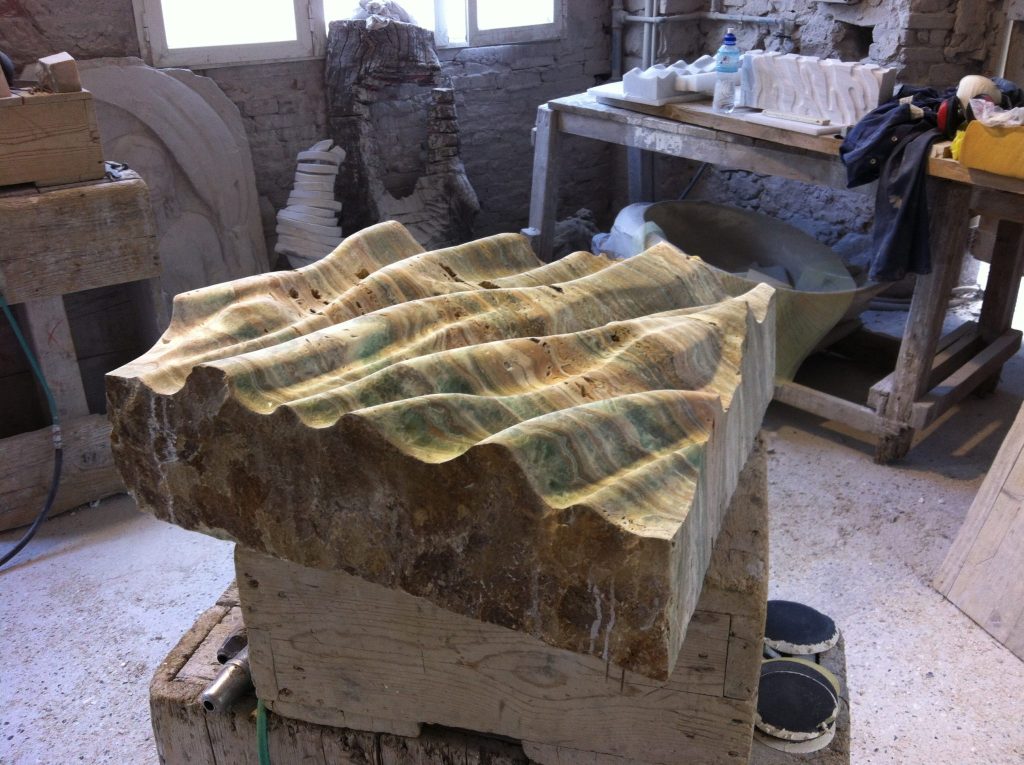
Where is your art taking you to next?
With the stonework I want to explore the rock. Here I mean to engage the geomorphology of the particular rock and in some way draw attention to its character. Onyx, alabaster, marble, each has unique characteristics and there are many variations that reflect geology, time, strata, minerals, climate etc.
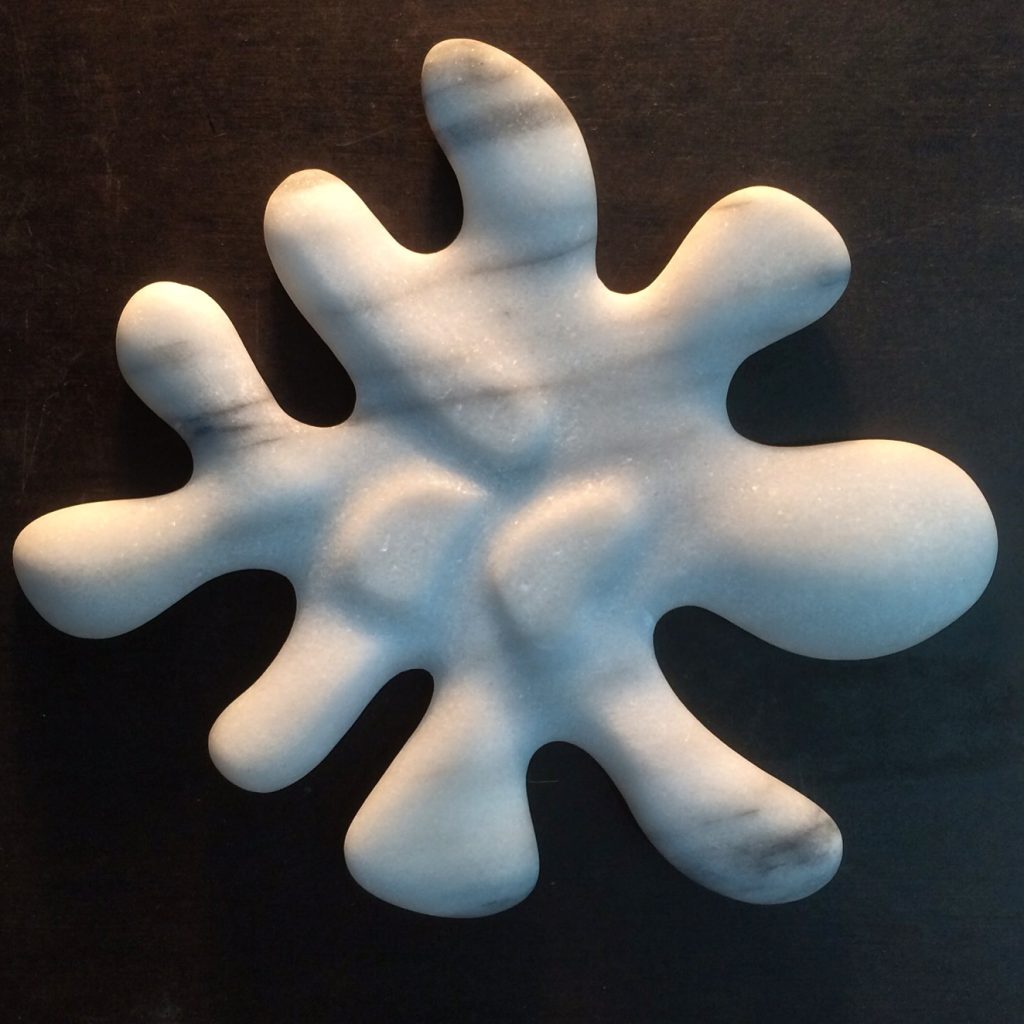
Splat, Marble
I of course want to be able to tell all these stories but if the work can allude to some of these aspects and raise a few questions that will do.
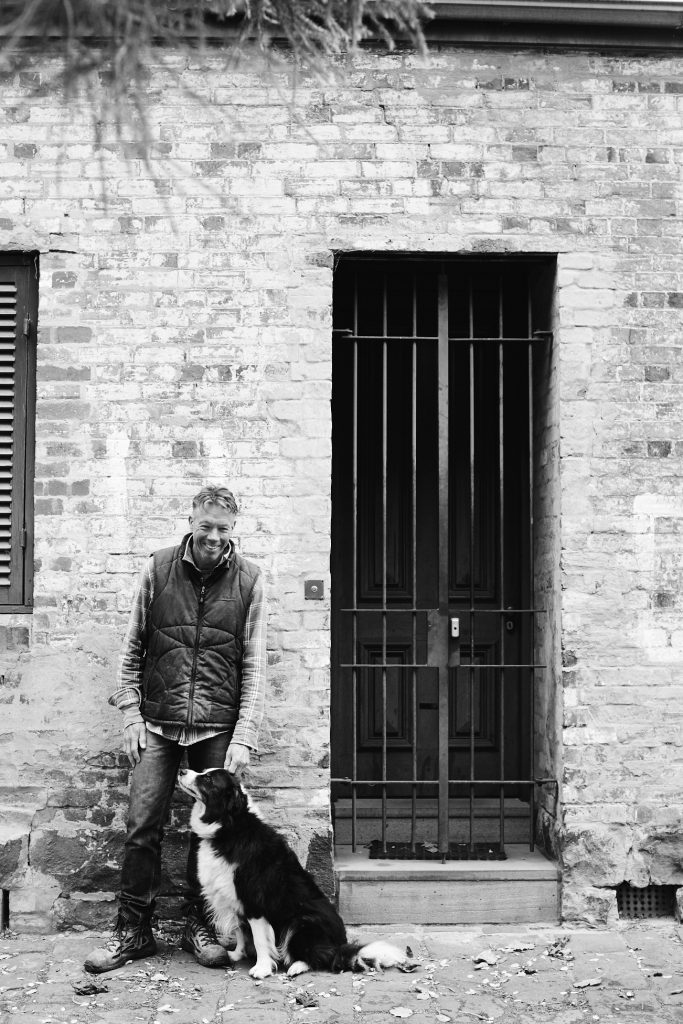
Photo, Cory White
Contact details.
Mark Stoner
Web: markstoner.com.au
Email: markstoner@me.com
Mark Stoner, Melbourne, Australia
Interview by Deborah Blakeley, August, 2016
Think a colleague or friend could benefit from this interview?
Knowledge is one of the biggest assets in any business. So why not forward this on to your friends and colleagues so they too can start taking advantage of the insightful information the artist has given?
Other artists you may be interested in:

